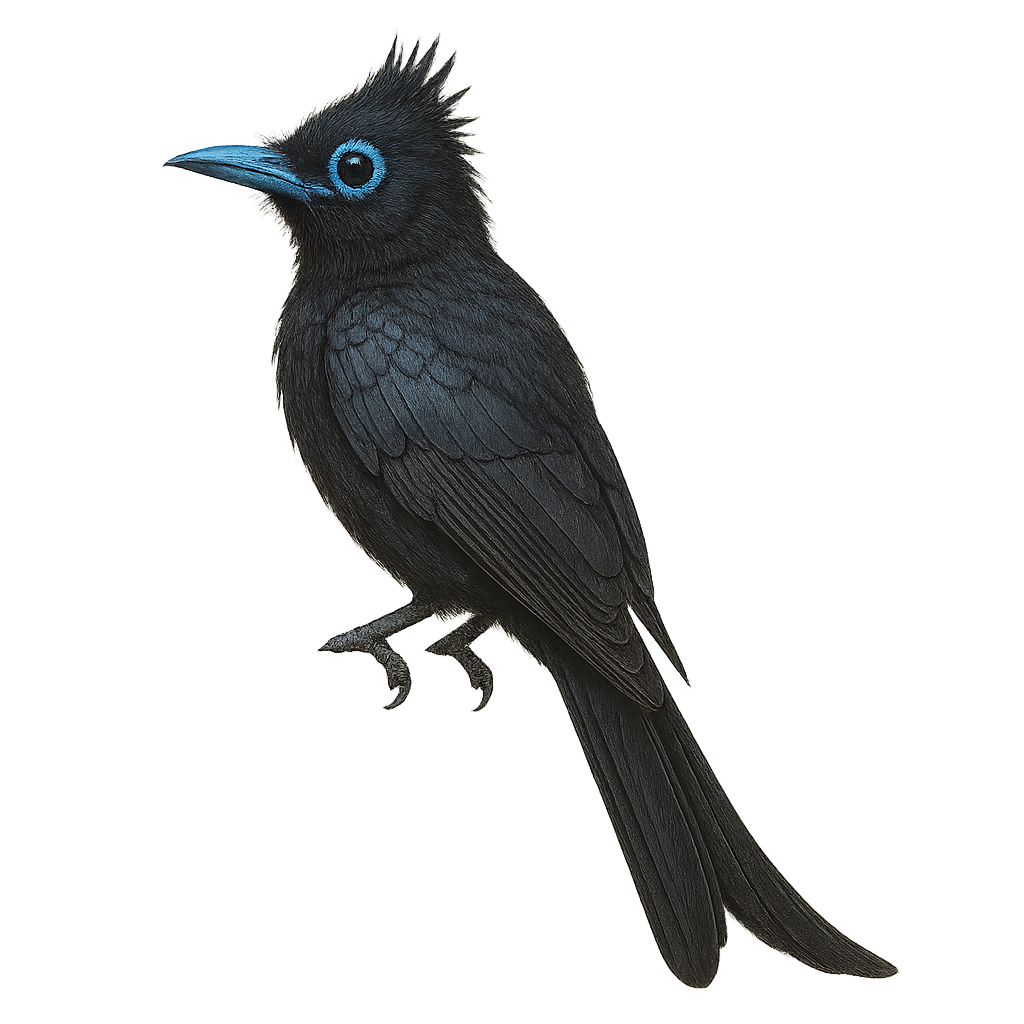Your wildlife photography guide.
Explore the japanese paradise flycatcher in detail, study its behavior, prepare your shots.
Where to observe and photograph the japanese paradise flycatcher in the wild
Learn where and when to spot the japanese paradise flycatcher in the wild, how to identify the species based on distinctive features, and what natural environments it inhabits. The WildlifePhotographer app offers tailored photography tips that reflect the japanese paradise flycatcher’s behavior, helping you capture better wildlife images. Explore the full species profile for key information including description, habitat, active periods, and approach techniques.
Japanese Paradise Flycatcher
Scientific name: Terpsiphone atrocaudata

IUCN Status: Near Threatened
Family: MONARCHIDAE
Group: Birds
Sensitivity to human approach: Suspicious
Minimum approach distance: 10 m
Courtship display: May to July
Incubation: 14-16 jours
Hatchings: June to July
Habitat:
Dense forests, wooded areas, mangroves
Activity period :
Primarily active during the day, with peak activity in the morning and late afternoon.
Identification and description:
The Japanese Paradise Flycatcher, or Terpsiphone atrocaudata, is an elegant and fascinating bird primarily found in the dense forests of Japan, Korea, and China. This bird is renowned for its glossy black plumage and long tail feathers that can reach up to 30 cm in males. Females, on the other hand, display more subdued colors, with brownish hues and a shorter tail. The Japanese Paradise Flycatcher is a migratory bird, moving south for the winter. It primarily feeds on insects, which it catches in flight with remarkable agility. Its melodious and varied song is often heard at dawn and dusk, adding a unique soundscape to the forests it inhabits.
Recommended lens:
400 mm – adjust based on distance, desired framing (portrait or habitat), and approach conditions.
Photography tips:
To photograph the Japanese Paradise Flycatcher, it is advisable to use a telephoto lens of at least 400mm to capture detailed images without disturbing the bird. Find a spot where the bird is active, usually at dawn or dusk, and be patient. Use a tripod to stabilize your camera and wait for the bird to perch on an open branch. Pay attention to natural light, which can enhance the reflections of its glossy black plumage.
The WildlifePhotographer App is coming soon!
Be the first to explore the best nature spots, track rutting seasons, log your observations, and observe more wildlife.
Already 1 431 wildlife lovers subscribed worldwide

